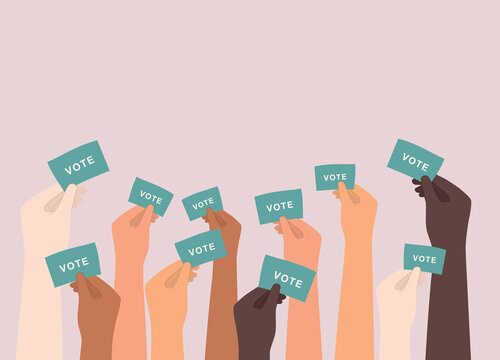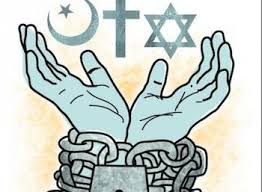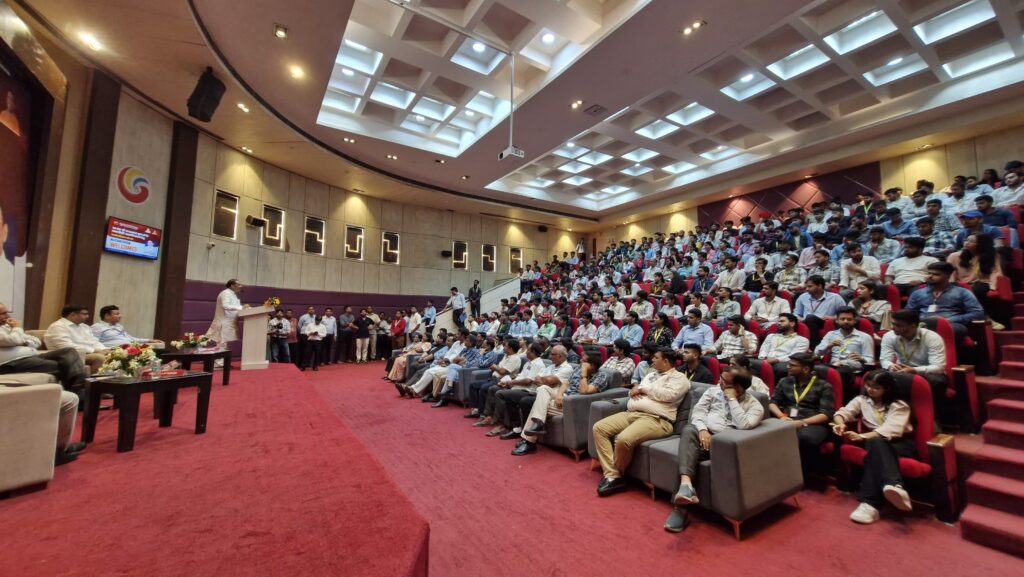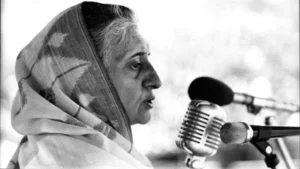Tracing Bank Politics and Increasing Role of Identity Politics in India.
Today we are living in the modern world but the zinx of audacious politics is badly affecting our society and nation. Coming up to the term votebank which was introduced by Indian sociologist M.N Srinivas in context of the pressure and influence asserted by the leader on it’s followers but over the years the meaning has become broad and is known today as binded voters from a single community backing a particular candidate or it’s ideology. The community can be caste ,class, religion, ethnicity or people speaking same language.

If we sparkle a light on the events that shaped the votebank politics in India we see it was the basis of the division of our Akhand Bharat and our nation in it’s earliest days was partitioned in two parts on the basis of religious polarisation by Muslim league and Congress. Initial votebank politics of language was observed when in 1953 Andhra Pradesh bifurcated itself from Tamil Nadu then subsequently spliting of Maharastra from Gujarat in 1960 and Punjab from Haryana in 1966.
The politics of votebank was curtained under the jubilant shine of newly attained freedom but soon emerged when poverty struck India. Feudal forces were on the other side but again the then head of one faction of Congress(R) Indira Gandhi used the card of class votebank .Slogan of ‘Garibi Hatao’ was given and again people were became jester.It was evident that the card worked and she got thumping victory but the problems of people still existed. Then in the rule of Rajeev Gandhi ,the Shah Bano incident lit the light for a big religious polarisation votebank politics.
In attempt to butter the Hindu nationalist’s the gates of Ram mandir was opened paving way for upcoming Mandal-Kamandal politics and politics of polarisation between Hindus’s and Muslim. The matters of development, inflation, unemploymemt and many more were on the back seat and the politics of votebank dominated .BJP ,a party with just 2 MPs rose to 86 MPs just on the topic of Ram Mandir .Such is the power of votebank politics.
Further the stronghold of upper caste in politics started to loosen with the advent of caste based votebank politics that can be seen in the hindi belt. Rise of regional parties asserting their influence became prominent . In Indian politics the road of Delhi passes through Lucknow .Providing 27 percent reservation to OBCs in India by VP Singh was like a whirlwind in caste politics and the votebanks.
In UP we saw M-Y combination took the charge and power under the leadership of Mulayam Yadav and in Bihar under the charge of Lalu Yadav.Mayawati’s rise from nowhere cannot be neglected. Other regional parties also became prominent in north-east and in the states of south like DMK and AIADMK in Tamil Nadu ,NCP and Shiv Sena in Maharastra and many more .
Everthing was happening on the pretext of votebank politics. Original issues were sidelined.Ayodhya Ram Mandir-Babri Masjid dispute,Citizenship Amendment Act (CAA) and National Register of Citizens (NRC) and Sabrimala issue are the main topics that formed various blocs of votebank on religious basis in our country.In recent development even the religion was not spared by cruel nature of votebank politics where on one hand the ruling party is trying to utilise Ram Mandir construction for it’s political benefit and the opposition in order to maintain it’s votebank called the Sanatan Dharma as dengue and malaria.

Identity politics means when masses tends to connect itself to a particular belief and vote accordingly. Caste ,class ,religion, ethnicity and language are the main parameters for it in India .If we critically analyze the identity politics starting with the positive side we see that various marginalized groups who once never tasted power got the chance to be in the power .
There is a famous saying that we don’t cast our vote ,we vote for our caste that seems to fit in the Hindi belt where the emergence of caste based politics helped the OBC community to be dominant for example the rise of Mulayam and Lalu Yadav as well as Mayawati and Nitish Kumar. In south they preserve their origins and languages by doing it. If we talk about class based identity politics ,it has bridged the gap between the topmost and lower class that was seen in the Atal Bihari’s government and is now seen in AAP’s model of politics. Ethnicities of north east as well as tribal people have preserved their social and political rights with the help of it.
All the glitter’s is not gold the good it seems from outside it has it’s own loopholes. On negative side of it we see that it undermines the actual needs and requirements of individual of food, shelter and clothing and plays psychologically with their minds giving them a false satisfaction of power where in reality only a few people of a particular group gets the actual benefit whether it is political or economical but the bigger setback for the nation the question on unity and integrity of nation where sometimes the identity becomes so radical that it takes over nationalist feelings as seen in Tamil Nadu and North -East and tribal parts of Chhattisgarh.
Weakening of national unity and feeling of distrust among various communities are the major dark sides of identity politics as we have seen in various caste based massacre like Behmai masscare (1981) Dalchak Bhagaura Masscare (1987),Laxmanpur Bathe masscare (1997) as well the recent conflict in Manipur between Meitei and Kuki. We all should be aware of politics that take place as cast our vote wisely on real issues and role of education should be heightened to allow people to think critically on any issue.


